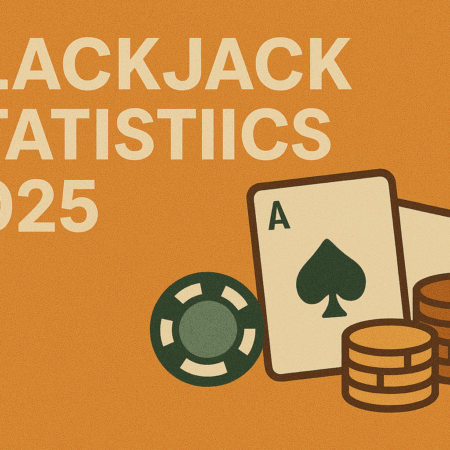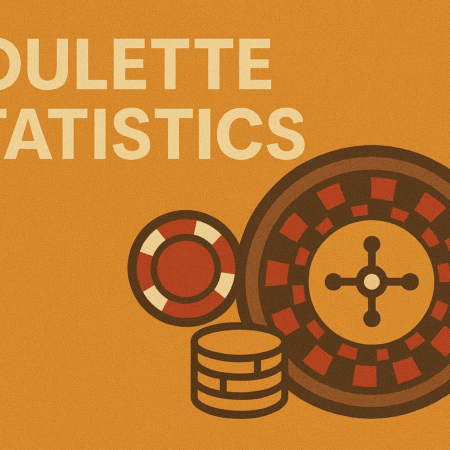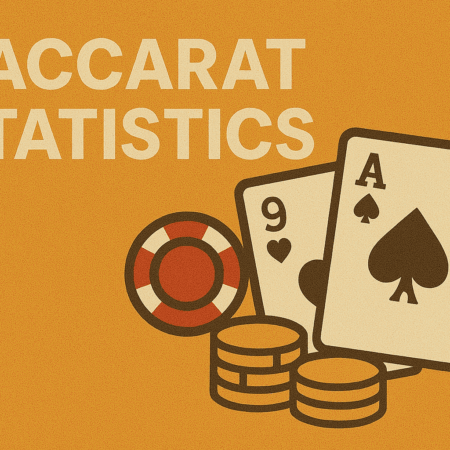Stablecoins are one of the most transformative innovations in the cryptocurrency space, bridging the gap between volatile digital assets and the relative stability of fiat currencies. In 2025, stablecoins continue to underpin DeFi ecosystems, cross-border payments, and digital commerce. But what exactly are they? How do they work? And what risks do they carry?
- Sign-Up Offer
- FREE 500 GC + 3 SC
- No purchase necessary
- 100% First-Purchase Boost
- Daily Login Bonus: 10 FS
- Social Media Contests
- VIP Exclusive Rewards
This comprehensive guide breaks down everything you need to know about stablecoins—types, mechanisms, advantages, drawbacks, and real-world uses.
What Is a Stablecoin?
A stablecoin is a type of cryptocurrency designed to maintain a fixed value—usually pegged to a fiat currency like the U.S. dollar (USD), euro (EUR), or a commodity like gold. The goal is to offer the advantages of blockchain technology—decentralization, fast transfers, low fees—without the wild price swings associated with Bitcoin or Ethereum.
Stablecoins serve as a digital dollar in the crypto world, allowing users to transfer money, park funds, or earn yield without exposure to high volatility.
Types of Stablecoins in 2025
There are four major types of stablecoins in use today:
1. Fiat-Collateralized Stablecoins
These are backed 1:1 by real-world assets like dollars or euros held in a bank or custodial account.
- Examples: USDC (by Circle), Tether (USDT), TrueUSD
- Pros: Price stability, regulatory oversight (in some cases), simple structure
- Cons: Centralized control, subject to regulatory shutdowns
2. Crypto-Collateralized Stablecoins
These use crypto assets (like ETH or BTC) as collateral, usually overcollateralized to absorb volatility.
- Examples: DAI (by MakerDAO), LUSD (by Liquity)
- Pros: Decentralized, transparent
- Cons: Vulnerable to crypto market crashes, more complex mechanisms
3. Algorithmic Stablecoins
These maintain their peg using smart contracts and supply-demand algorithms without backing by collateral.
- Examples: Frax, formerly TerraUSD (UST, which collapsed in 2022)
- Pros: Fully decentralized, capital-efficient
- Cons: Peg failures can be catastrophic, highly experimental
4. Commodity-Backed Stablecoins
These are backed by tangible assets like gold or oil.
- Examples: PAX Gold (PAXG), Tether Gold (XAUT)
- Pros: Appeals to traditional investors, hedge against fiat inflation
- Cons: Limited liquidity, storage and audit issues
How Do Stablecoins Work?
The specific mechanics vary depending on the type, but all stablecoins aim to keep the price close to $1 (or their target asset). Here’s how:
- Collateralized Stablecoins: Maintain a reserve equal to or greater than the number of tokens in circulation. This reserve is often audited (e.g., USDC) and used to redeem tokens at face value.
- Algorithmic Stablecoins: Adjust token supply based on market price. If the stablecoin trades above $1, new tokens are minted; if below $1, tokens are burned or bought back.
Some modern hybrid models (like Frax v3) use both collateral and algorithms for improved stability.
Pros of Using Stablecoins
Stablecoins have become essential tools in the crypto economy. Their benefits include:
- Price Stability: Essential for DeFi lending, trading, and hedging
- Fast Global Transfers: Send value 24/7 across borders without banks
- Access to DeFi: Many DeFi protocols require stablecoins to earn yield or post collateral
- Fiat On/Off Ramps: Simplify moving between crypto and traditional finance
- Programmability: Automate payments and settlements with smart contracts
Risks and Drawbacks of Stablecoins
Despite their utility, stablecoins come with trade-offs:
1. Centralization Risk
Many are issued by private companies (e.g., Tether), meaning users must trust the issuer’s solvency and transparency.
2. Regulatory Uncertainty
Governments are still debating how to regulate stablecoins. In 2024, the U.S. proposed new laws requiring issuers to hold FDIC-insured reserves—raising concerns about innovation being stifled.
3. Peg Failure
If the mechanisms behind a stablecoin fail (as with UST in 2022), the value can collapse quickly, wiping out billions.
4. Blacklisting & Freezing
Some issuers can freeze addresses (e.g., USDC’s blacklisting function), which raises censorship concerns.
Real-World Use Cases in 2025
Stablecoins are no longer niche tools—they’re at the core of how digital finance operates today:
- Cross-Border Payments: Businesses use USDC and USDT to pay contractors in other countries without waiting days for a wire transfer.
- Crypto Trading: Stablecoins are the preferred base pair for most exchanges, replacing fiat in many markets.
- Lending & Borrowing: Protocols like Aave, Compound, and Spark allow users to earn interest or borrow using stablecoins.
- Savings & Yield: Platforms like Yearn or Curve offer yield farming strategies with lower risk using stablecoin pools.
- NFT Marketplaces: Stablecoins are the go-to currency for buying NFTs on platforms like OpenSea and Rarible.
The Future of Stablecoins
In 2025, stablecoins are facing growing competition from central bank digital currencies (CBDCs), tighter regulations, and shifting consumer behavior. Some trends to watch:
- Rise of Regulated Stablecoins: USDC and PYUSD (PayPal’s dollar-backed token) gaining ground over Tether due to transparency.
- Integration with Traditional Finance: Visa and Mastercard now support stablecoin settlements directly on-chain.
- Emergence of Local Currency Stablecoins: Not just USD—euro, yen, and emerging market currencies now have growing stablecoin ecosystems.
- Programmable Finance: Stablecoins will play a core role in tokenized bonds, automated payroll, and decentralized asset management.
FAQ: Stablecoins in 2025
Q1: Are stablecoins safe to use?
Stablecoins like USDC and USDT are generally safe if held on reputable platforms, but always check the issuer’s transparency and audits. Algorithmic stablecoins carry higher risk.
Q2: What is the best stablecoin in 2025?
USDC remains the most trusted for regulatory compliance and transparency. Tether (USDT) still leads in volume but has more centralization concerns.
Q3: Can stablecoins be frozen or censored?
Yes, some stablecoins (e.g., USDC) allow issuers to freeze assets or blacklist addresses. This is a trade-off between compliance and decentralization.
Q4: Are stablecoin earnings taxable?
In most jurisdictions, interest earned on stablecoin savings or DeFi yield is considered taxable income. Check your local tax laws.
Q5: What happens if a stablecoin depegs?
If the peg fails, the stablecoin may lose value rapidly. Users may suffer losses, as seen with UST’s collapse in 2022.
Q6: How do stablecoins compare to CBDCs?
Stablecoins are privately issued, while CBDCs are government-controlled. Stablecoins offer more innovation, but CBDCs may offer more regulatory assurance.
Conclusion
Stablecoins continue to play a pivotal role in the crypto economy, offering a stable, versatile, and increasingly regulated tool for financial transactions. Whether you’re

 Canada
Canada Deutsch
Deutsch Español
Español Português
Português



